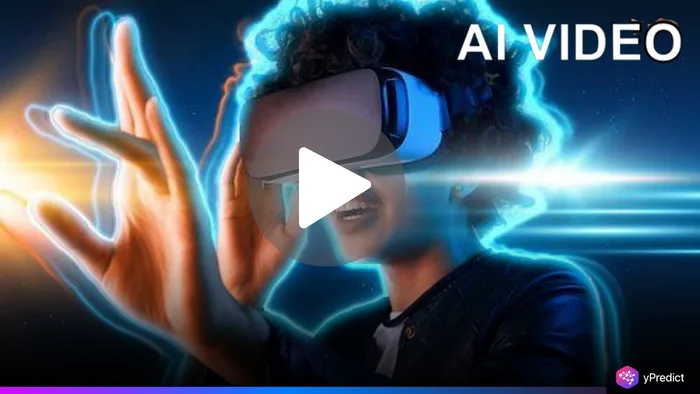
AI video has come a long way in its short two-year history, from a strange internet curiosity to a powerful production tool, all the while bringing about a major change to the creative industry on a large scale. Previously known for bizarre, jumbled faces and awkward movements, today’s AI video content is often almost indistinguishable from the real thing. The speed of this evolution has certainly gained the interest of many Hollywood studios, producers, advertisers, and even individual indie artists.
AI video is more than a novelty, whether it is pre-visualizing action scenes in a successful blockbuster, or making a whole film for a fraction of what certain films cost. As companies like Runway, OpenAI and Google develop and release more sophisticated tools, vast opportunities will increasingly confront the creative industry, along with equally deep challenges.
The Evolution of AI Video in Just Two Years
Back in 2023, a viral AI video of Will Smith eating spaghetti became a tech benchmark. The clip was crude and unrealistic. But now, thanks to platforms like Google’s Veo 3, the latest version looks nearly flawless. Hollywood has taken notice. Major tools like Luma Labs’ Dream Machine, OpenAI’s Sora, Runway’s Gen-4, and Veo 3 have emerged in under 18 months, each leapfrogging the last in visual realism.
Georgia State University professor Elizabeth Strickler noted how each week, a new tool arrives that outperforms the previous one. From storytelling aids to full-scale visuals, AI video now powers everything from concept design to post-production.
Hollywood Embraces AI for Speed and Cost Savings
Studios like Lionsgate and AMC Networks have started integrating AI video into their workflows. Rather than replace entire productions, AI is used to generate previews and test scenes. A script that requires a costly battle scene? AI tools now allow producers to create a 10-second clip with 10,000 digital soldiers in a snowstorm — a task that previously cost millions.
Lionsgate vice president Michael Burns even hinted at using AI video to create animated versions of film franchises like John Wick or The Hunger Games. These experiments could help studios expand their content libraries without massive production costs.
AI Film Production Gains Momentum with Indie Studios
While Hollywood experiments, indie creators are also jumping in. Startups like Staircase Studio aim to produce multiple AI-powered films each year for less than $500,000 per project. These creators promise to work with unionized professionals while using AI video to speed up workflows and lower costs.
Andrew White of Indie Studios acknowledges the market’s potential but resists using AI, saying it compromises his creative integrity. Others, like Runway’s Jamie Umpherson, argue the opposite: that AI lets artists remain truer to their vision by enabling endless revisions without inflating budgets.
Rising Resistance in the Creative Community
Despite the progress, not everyone is on board. Many artists and students express concern over AI’s environmental toll and the ethical dilemma of using copyrighted content to train models. Energy and water usage, combined with fears of job displacement, have led to growing calls for responsible development.
Professor Strickler compares AI’s impact to the arrival of the internet. She believes ignoring it is no longer an option, even if resistance remains strong. In her view, AI is unlocking access for more artists to create and reach audiences without relying on traditional gatekeepers like Hollywood.
What’s Next for AI Video Beyond Film
The ambition doesn’t stop at the cinema. Runway and other innovators are already looking at extended applications of AI video in augmented reality and the metaverse. They envision a world where creators can shoot immersive, interactive films inside digital environments.
According to Runway co-founder Alejandro Matamala Ortiz, AI-generated movies aren’t the endgame they’re a gateway to show what’s possible. The real potential lies in how artists will use these tools to tell stories that were once too expensive or technically impossible to make.






